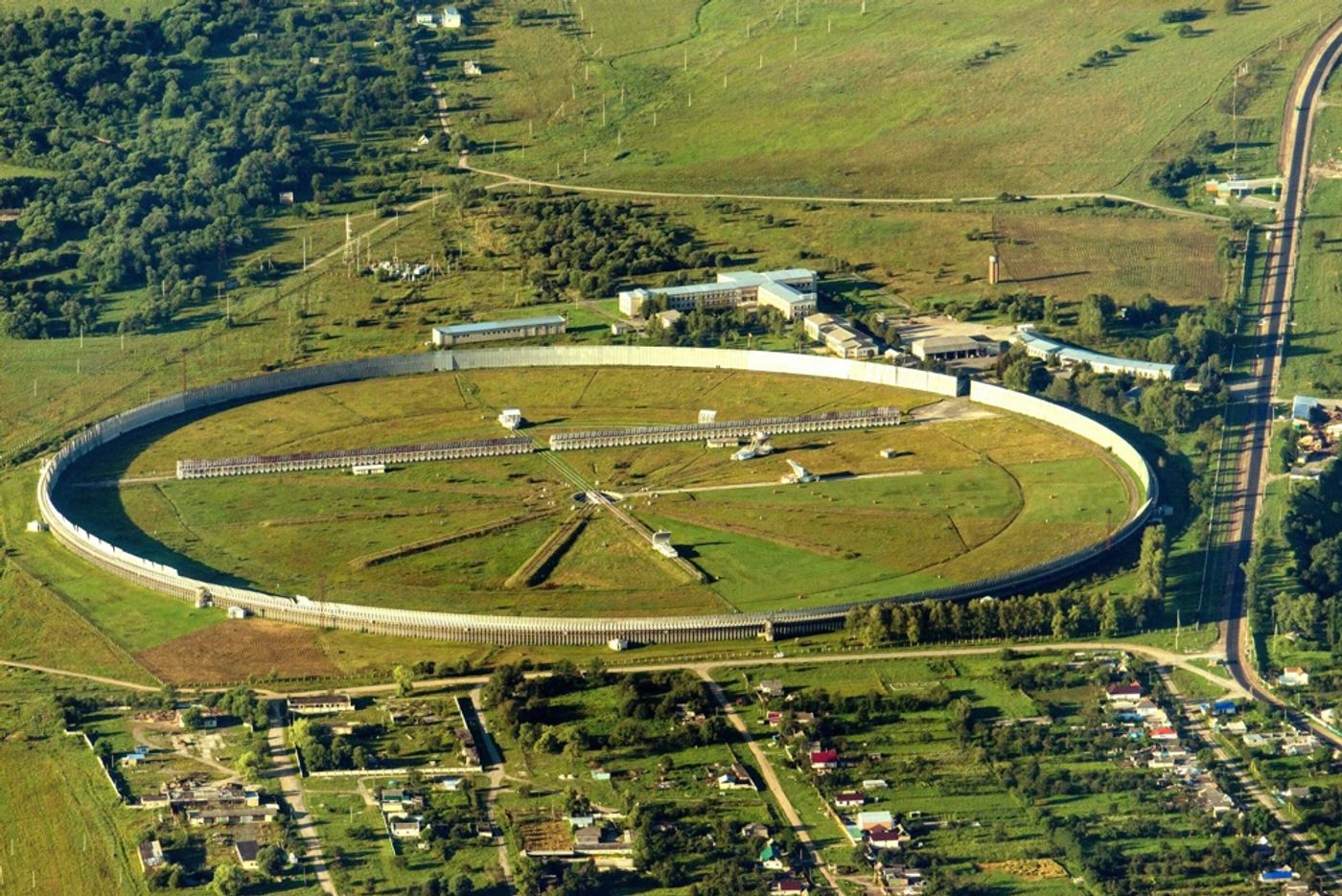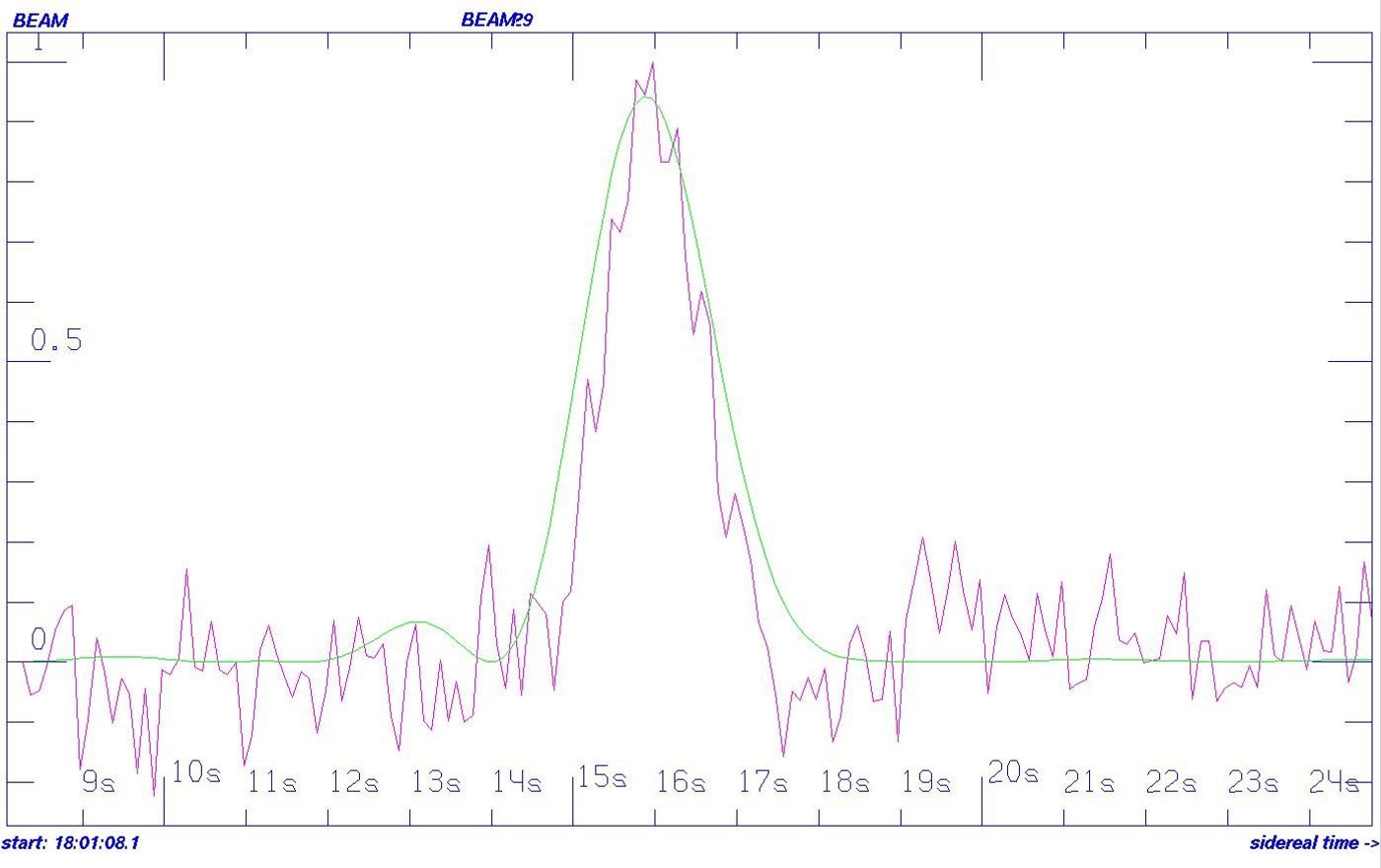Astronomers Pick Up a Random Radio Spike From a Distant Star
The search for intelligent extraterrestrial life in our universe never ends. Scientists from SETI search far and wide to look for any signs that could indicate the presence of intelligent life that may be trying to communicate with us.
One of the more widely-used forms of communication we use to try to send and receive signals is radio contact. Special massive and dedicated radio receivers are placed all around the planet and are constantly listening for potential signals coming from other sources in space.
For a moment in time in May of 2015, the Russia-based RATAN-600 heard what appeared to be a rather noticeable fluctuation in radio activity coming from a star system in the constellation of Hercules known as HD 164595, which is around 94 light years away from our solar system.

It’s said that the radio signal was a very strong and resembled the oddity of the “WOW” signal observed back in 1977, but there is some controversy over whether or not it could be extraterrestrial. As you can imagine, SETI was very interested in it.
The radio signal was reportedly around 2.7 cm in wavelength and 11GHz in frequency, which would appear to make the signal very similar to that of a TV signal. With that in mind, the radio signal would have had to be very powerful to reach Earth, somewhere around the 50 Trillion-watt range, or more.

Image Credit: C. Maccone et al./Centauri Dreams
It’s worth noting that the Russian RATAN-600 is of a very strange design on the ground, which isn’t as effective as dish-style radio receivers, experts say. With that being said, it's absolutely possible that a local radio transmission was recorded instead of one from outer space.
"If you have an ordinary telescope dish, you can zero on one spot on the sky. That spot is usually fairly small, like aiming a laser pointer," said Seth Shostak, a senior astronomer at the SETI Institute. "But their antenna is small in one direction and big in another. It's like a squished egg. When you pick something up, you don't know precisely where it's coming from."
This adds a gray area to the legitimacy of the claim that the signal came from the suspected star system. It’s not like a traditional dish-style receiver, which would could be more easily focused on a specific area for long-term monitoring.
Adding more haziness to the situation, it also reportedly took the Russian astronomers who discovered the radio inconsistency over a year to share it with international colleagues, and that alone seems to cast a lot of doubt among the community.
Nevertheless, scientists are calling for a permanent monitoring of the region in space where the signal was reportedly found in the hopes that we might hear from it again in the future.
Was this extraterrestrial? We may never know, but scientists are working to find out.
Source: SETI via Business Insider








